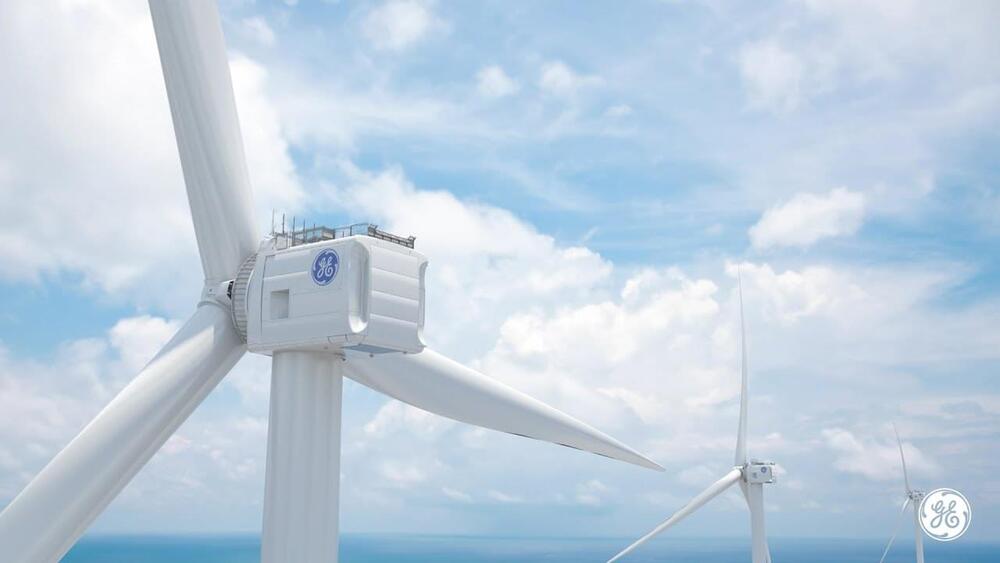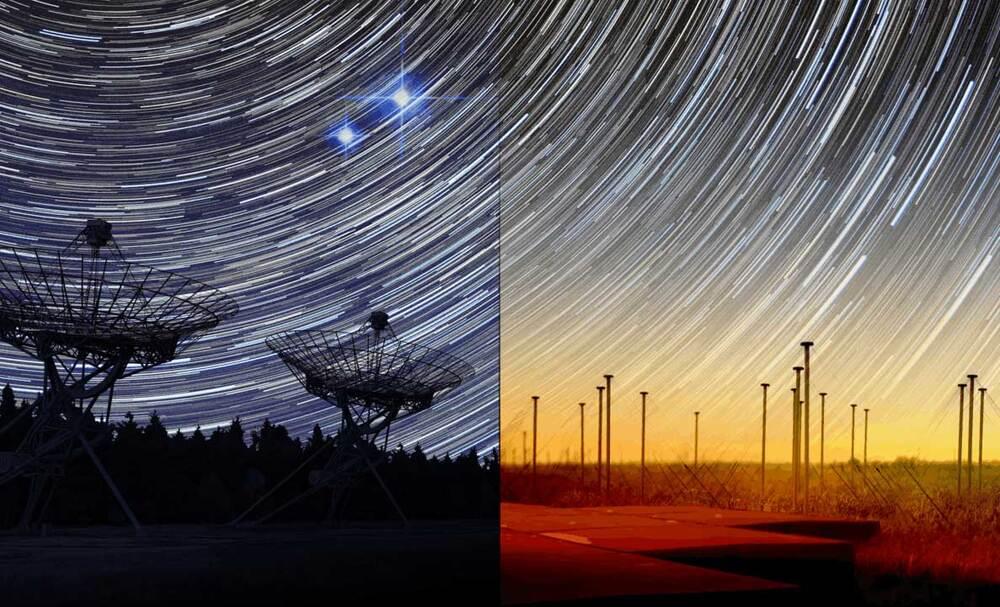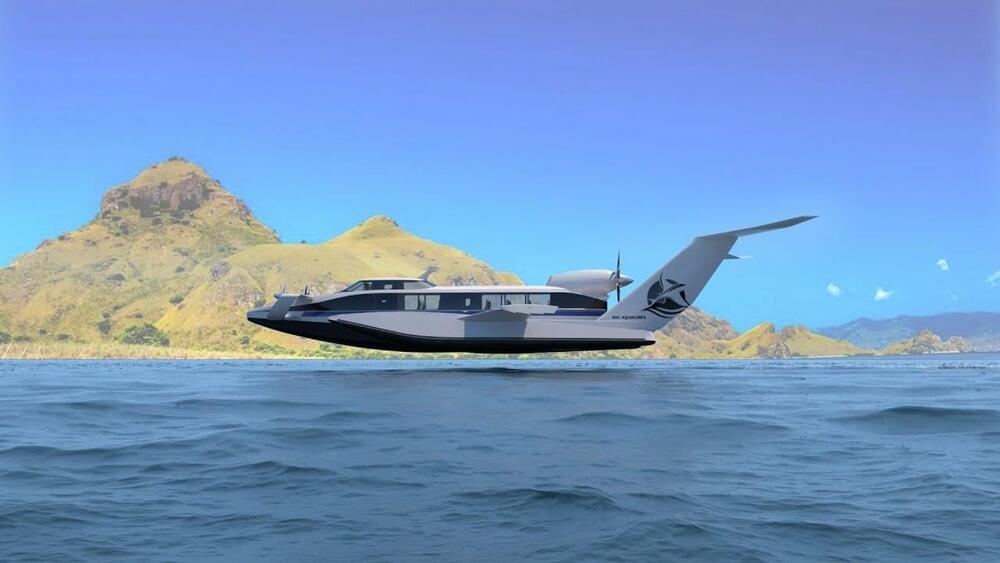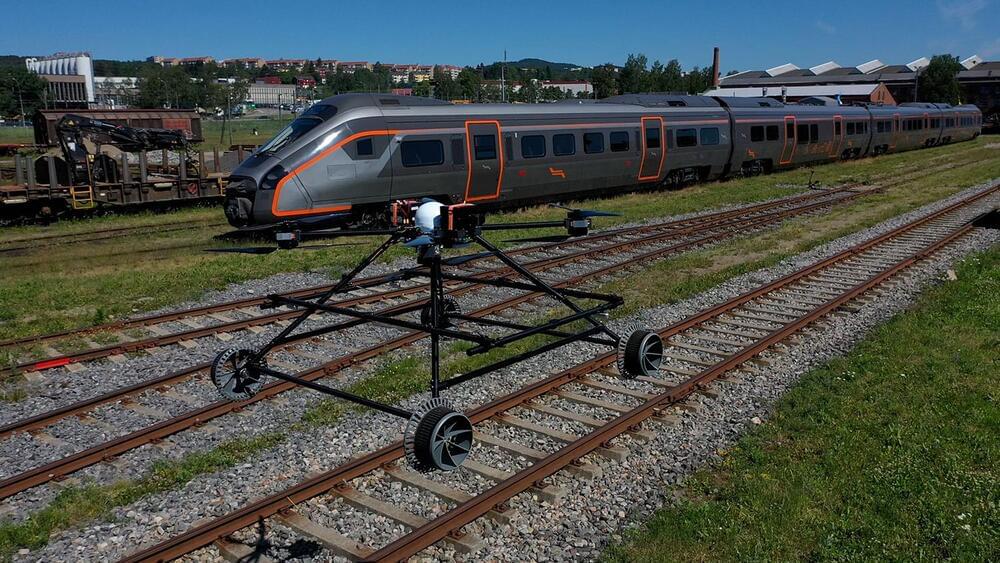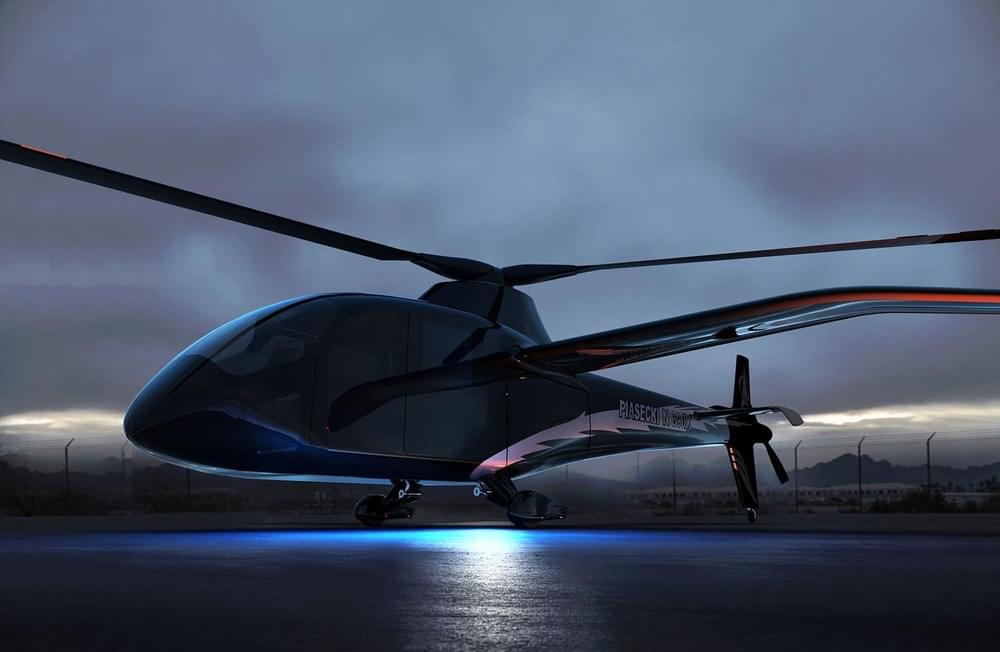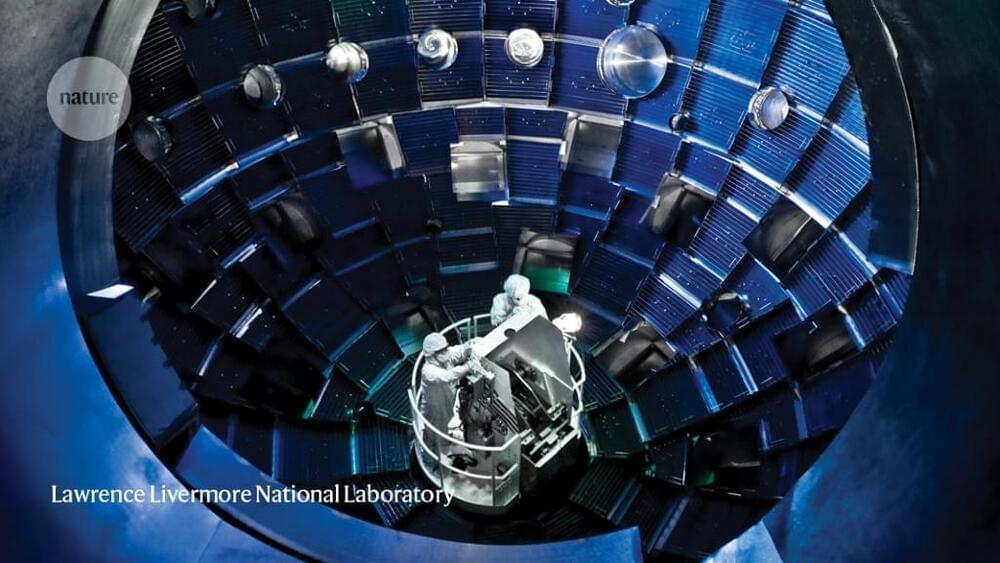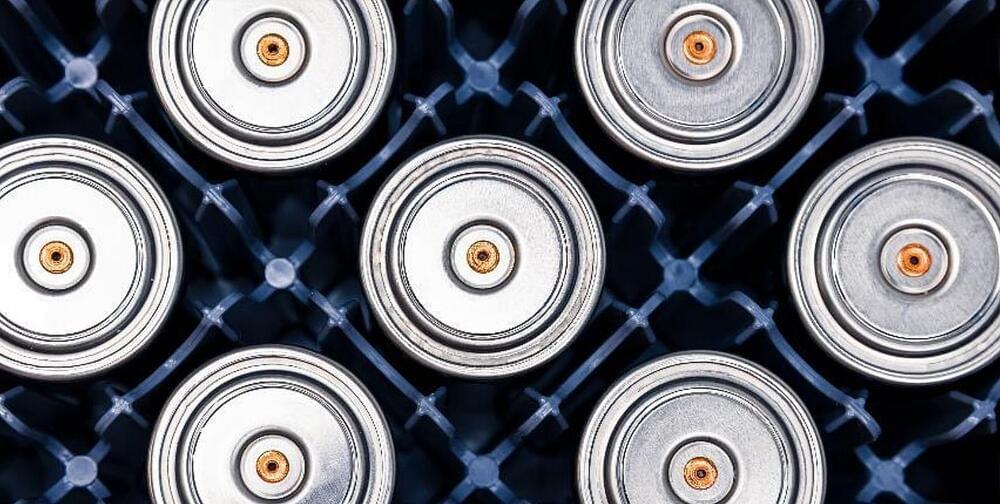
Tesla has a number of programs that have the potential to change markets, and one of these is arguably the 4,680 cells. Created using a dry electrode process and optimized for price and efficiency, the 4,680 batteries could very well be the key to Tesla’s possible invasion of the mainstream auto and energy market. If Tesla pulls off its 4,680 production ramp, its place at the summit of the sustainable energy market would be all but ensured.
Unfortunately, Tesla’s publicly disclosed target for the 4,680 cells’ production ramp appears to have been made on “Elon Time.” This means that during Battery Day last year, Tesla’s target of hitting a capacity of 10 GWh by late September2021included some optimistic assumptions. Similar to other projects like Elon Musk’s Alien Dreadnaught factory, however, the pilot production of the 4,680 cells have met some challenges.
Tesla admitted to these difficulties during the Q22021earnings call, when Elon Musk explained that one of the main challenges in the 4,680 cell production ramp was related to the batteries’ calendaring, or the process when the dry cathode material is squashed to a particular height. Partly due to the use of nickel in the 4,680 cells, which are extremely hard, some of the calendar rolls end up being dented.


